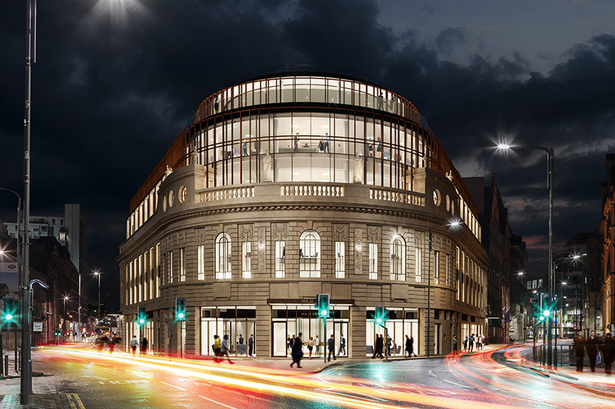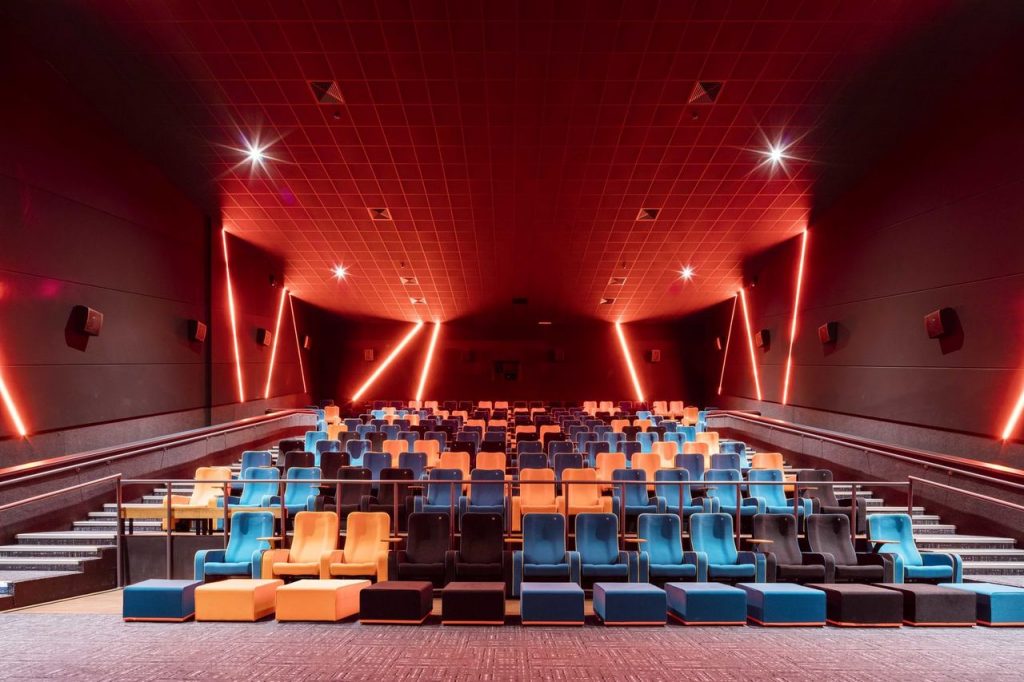HVAC controls cover a wide range of possibilities. HVAC controls might be a simple set of controls for domestic HVAC, or potentially an extremely large scale application in factories, residential complexes and other large scale public settings.
While the complexity and scale of the HVAC controls can differ widely, they all serve a similar function and purpose. In this article, we’ll explore what HVAC controls are, some of the different types that can be deployed, how they work and why they’re important.
What are HVAC controls?
If HVAC equipment is to operate effectively then it needs a control system that regulates the operation of the heating, ventilation and air conditioning system. At its most basic it will include a sensing device that compares the actual temperature in the room with a target temperature. The control system will then decide on a course of action to either raise or lower the temperature as appropriate.
The first HVAC controllers used pneumatic controls, with steam and air used to control the flow of heated or cooled air via mechanical means. After the control of airflow and temperature was standardised, the use of electromechanical relays in ladder logic to switch dampers also became standardised.
Over time, transistors were able to handle extra loads so relays were replaced by electronic switches. Computerised controllers gradually replaced older systems, and by the year 2000 were common. Now, controllers can be accessed remotely and via web browsers meaning that they can be controlled at a distance. As well as providing extra convenience for the small scale domestic systems this also allows for a single operation centre to easily monitor what’s happening across multiple buildings.


What are the different types of HVAC controls?
As outlined above, in the past pneumatic HVAC controls were installed in buildings. These control circuits operate on air pressure and use mechanical means to perform control functions. These systems are very occasionally still installed, but in most cases over the past couple of decades facilities have been equipped with modern control systems known as Direct Digital Controls or DDC
Domestic HVAC
In domestic settings, you will typically find a thermostat that’s connected to a self-contained A/C unit. By adjusting the temperature, sometimes known as the setpoint, you’re controlling the functions of that self-contained unit directly. If you set your temperature to 22 degrees Celsius in the summer, you’re dictating to the HVAC unit to shut out when the temperature in your home reaches 22 degrees celsius.
While this is a relatively simple form of control, when it comes to commissioning HVAC systems to larger facilities, the control systems will be considerably more complex. They may form a part of a larger system known as a building automation or energy management system.
Building Automation Systems
In more substantial buildings, mechanical systems will be complex and will be finely tuned in order to be energy efficient as well as effective. In order to achieve this, different types of equipment will be controlled by building automation systems. This will frequently include controls for lighting, fire alarm and access/security systems as well as HVAC. This gives the building owners more control over their HVAC and other systems and can have advantages.
Having all of these systems consolidated under a single software platform can make it easier when trying to build sequences of operations to make systems run more efficiently.
Building Automation Systems (BAS) will usually be made up of 4 principal components:
- Head-end computer/software
- Controllers
- End Devices
- Network infrastructure
These four components help to ensure that building users are comfortable and safe while ensuring that the system operates as efficiently as possible.
Let’s take a look at each of these components in more detail.
Head-end Computer/Software
Sometimes known as a workstation, the front-end, or energy management software and central user interface allow an operator to send control functions and gain insight into how the system is operating. Users can see the results of control signals through monitoring the system inputs. If, for example, an air duct damper was closed and is then commanded open, that command should result in the temperature in that particular zone beginning to drop.
Controllers
Controllers are connected to the network infrastructure and provide a means for controlling and monitoring end devices.
End Devices
End Devices will include sensors to measure the value of a variable such as the humidity or temperature. They are actuators that convert energy into a mechanical force, and relay switches that open and close circuits.
Network Infrastructure
The control system will have a network infrastructure that will typically consist of CAT 5/6 Ethernet and RS-485 twisted pair cables. The CAT 5/6 Ethernet cables will carry messages from the head-end to and from the controllers and the RS-485 will carry communications between the field devices and the controllers.
How do HVAC control systems work?
A sequence of operations automates the functions of HVAC systems based on input data from the sensors, as well as the actions of other pieces of equipment that may be happening simultaneously. If, for instance, you set the thermostat in one part of the building to 20 degrees Celsius, this input will be passed from the thermostat through the network infrastructure back to a controller. This controller will then take that feedback and set off a sequence to ensure that the temperature in that part of the building is correct. If the temperature is higher than 22 degrees Celsius it will begin the A/C unit operation, once the temperature is equal to or less than 22 degrees Celsius, then the AC unit will stop.
Through programming instructions that inform the equipment how to operate under particular conditions, we can ensure that the HVAC system operates to maximum energy efficiency and comfort. It will also remove the need to manually operate the equipment.
Of course, with larger HVAC systems and complex equipment, the sequence of operations will also be more complicated and involved. Within larger systems, you may also have a range of priority levels that can determine which instructions a piece of equipment should be following.
Learn about HVAC Commissioning
What are the benefits of HVAC control systems?
HVAC control systems provide the users of a building with a comfortable environment. By using the input data and the precise control of a DDC system, it’s possible to completely eliminate hot or cold spots throughout a building. This constant temperature throughout can help create a safer, healthier and more productive environment.
HVAC operations can account for a significant percentage of a commercial building’s energy use. HVAC control systems allow for the application of control strategies that can reduce energy consumption, reducing energy costs and the environmental impact of the system. A HVAC control system also simplifies the whole control process, reducing costs and freeing up time.
The key benefits of using controls include:
- Efficiency and automation without having to manually adjust settings too frequently in order to control the building environment.
- Protection of the building and its contents through real-time monitoring of the cooling, heating and humidity. This can protect equipment and ensure longer service life.
- Reduced operating costs through the monitoring of performance. This will ensure optimal equipment run times and settings, with si Regnificant savings as a result.
- Increased productivity and comfort through the provision of properly conditioned air.
- Health benefits for the building’s users through the correct exchange of CO2 and dust/particulate matter within the space.
- A considerably safer environment with automated responses for fire safety and emergencies.
- Early fail detection which can mean less time is spent maintaining the system.
- The provision of valuable analytical information that can lead to further energy savings and improvements.
HVAC Commissioning services
At ECS, we’re experienced in providing fully-commissioned and energy-efficient buildings that give their owners maximum HVAC control. Our qualified and knowledgeable engineers will ensure that all aspects of the commissioning process and the design intent are fulfilled, no matter the size of the project.
Over time we’ve established ourselves as the UK’s most trusted provider of HVAC commissioning services.
Get in touch with our experienced engineers to find out more.

